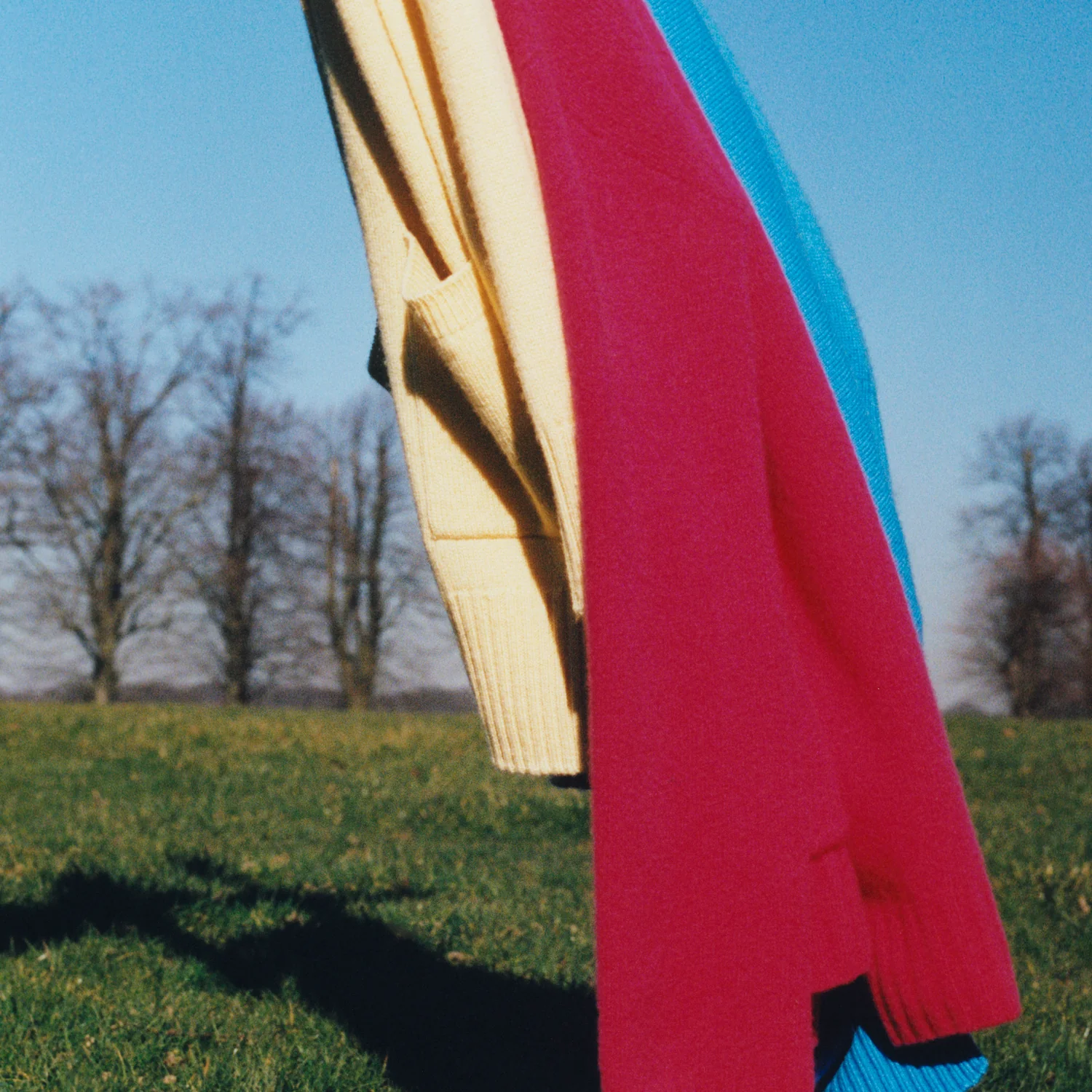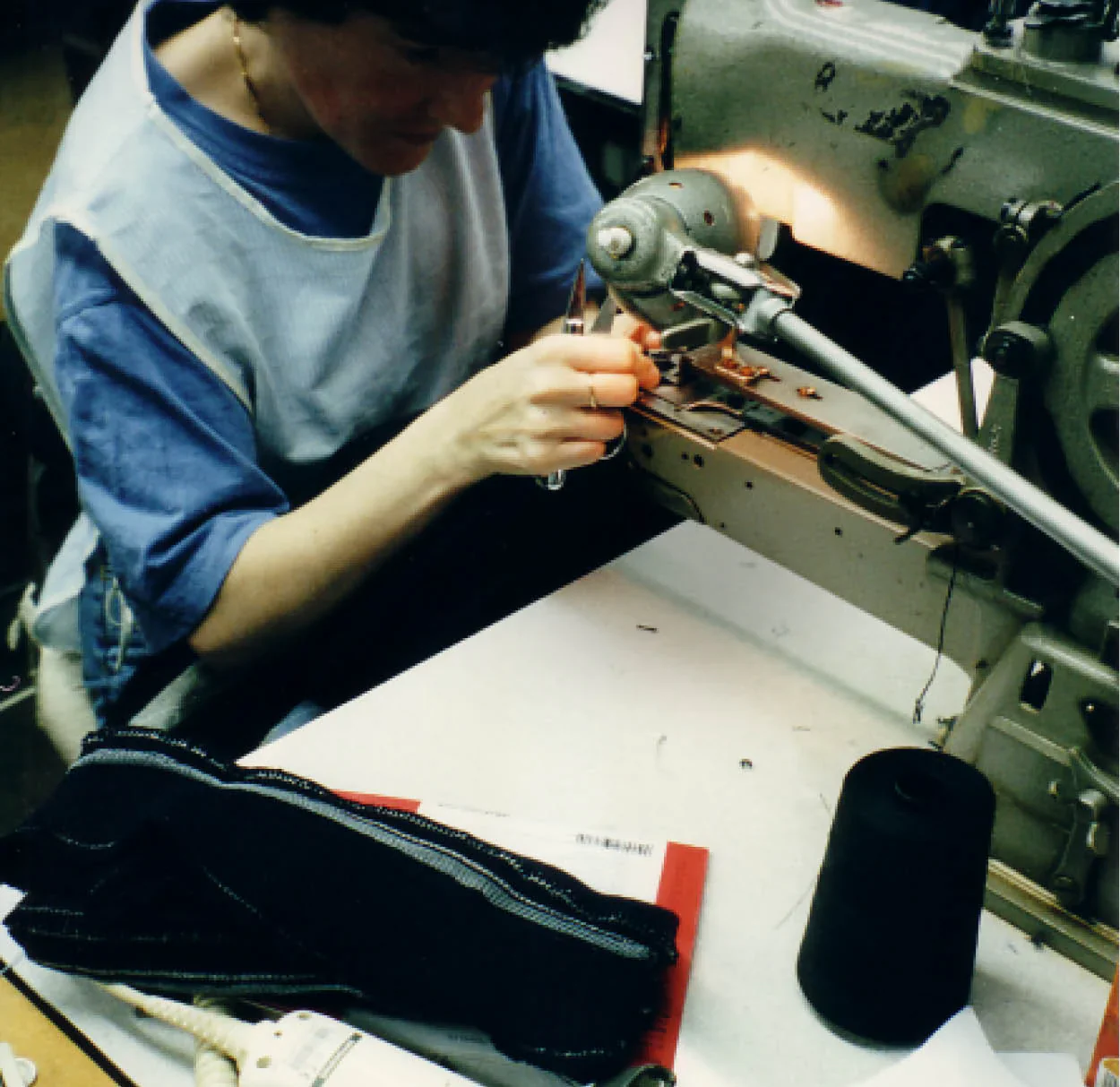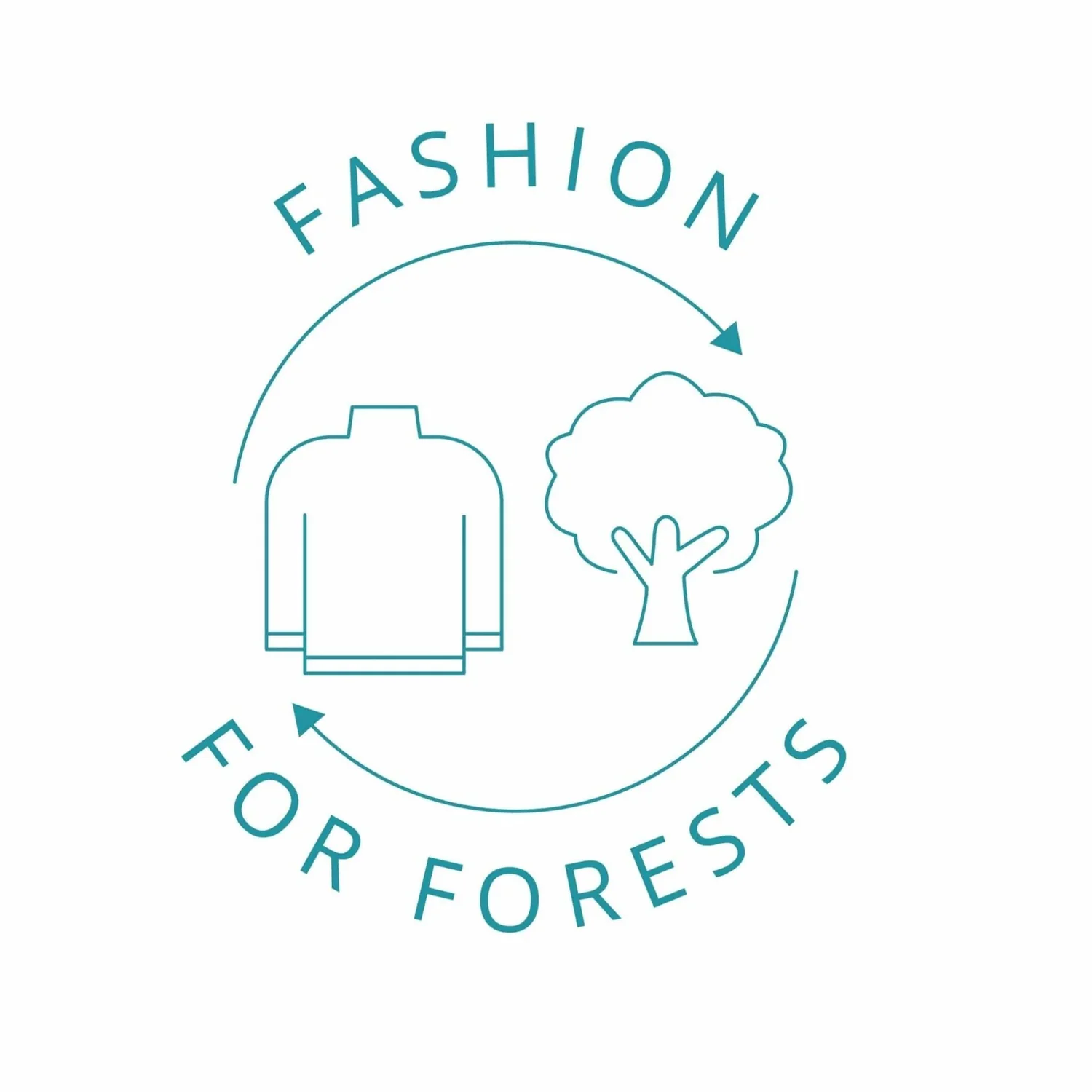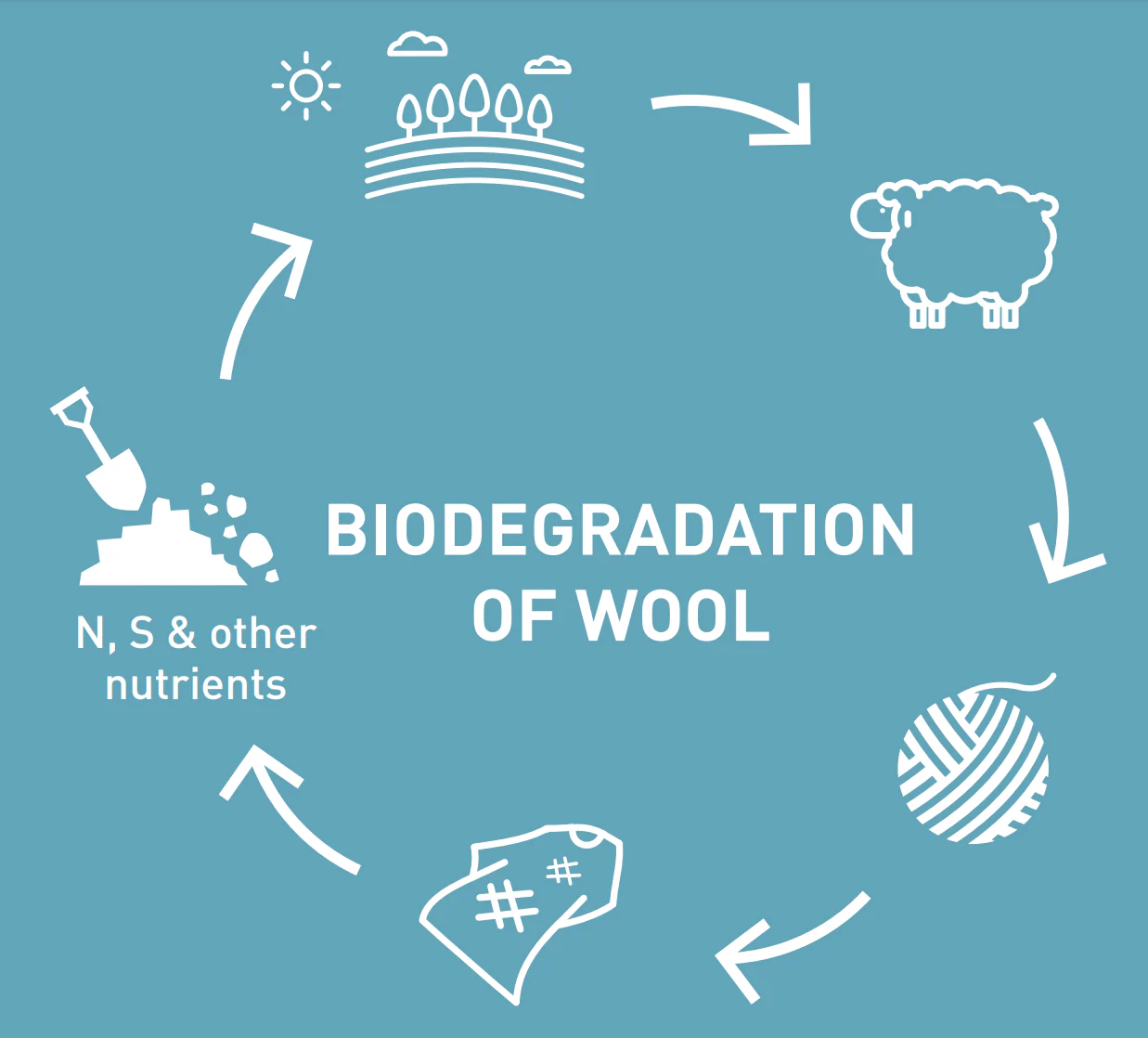Circularity at Pringle
Circularity in fashion is a more sustainable approach that moves away from the traditional “take-make-waste” linear model. Instead, it focuses on creating a system where garments are designed to be reused, repaired, recycled, or biodegraded, effectively minimizing waste and extending the lifecycle of products. This concept is part of the broader circular economy, which aims to keep resources in use for as long as possible and recover and regenerate products and materials at the end of their service life.

Our commitment to circularity involves several key principles:
- Designing more circular products: We design our products to last the test of time, be repairable and recyclable or compostable at the end if their life.
- Reducing Waste: Pringle aims to minimize waste by manufacturing to order whenever possible, and disposing of any excess stocks through our outlet stores. This approach helps prevent excess stocks and reduces the chance of garments going unsold.
- Quality and Longevity: We design and produce knitwear that will last for years with proper care. We use only the finest yarns, materials and manufacturing processes to ensure the highest quality garments.
- Non-Seasonal Knitwear: We have never been Fast Fashion but our approach allows our knitwear to be timeless, and worn season after season.
- Repair and Recycling: Pringle avoids throwing away garments, yarns, or components. Damaged items are repaired or recycled, and excess stocks are repurposed. Our garments are also repairable to extend their lifespan.
- Natural Fibres: Pringle uses natural fibres in our choice of yarns and fabrics, which are comfortable, long-lasting, breathable, and compostable at the end of their life.
Pringle of Scotland’s commitment aligns with sustainable practices to create lasting, high-quality fashion while minimizing environmental impact. We have been proudly producing the finest quality knitwear since 1815.
For Pringle of Scotland, Circularity means extending the life of our consciously crafted garments, and we have a commitment to improve that in the products that we produce. In order to achieve this goal, we aim to reduce waste, increase the product’s life and ensure that it can be re-used, recycled or composted at the end of its life.
We have always designed and produced garments that withstand the test of time with proper care. We use only the finest fibres in our yarns, and these are knitted to the highest quality to produce a garment of unique quality. We make our knitwear non-seasonal, enabling it to be passed down from generation to generation. Buying better and less often is the most sustainable option, and many of our customers tell us of jumpers that have been in their family for decades.

Design
Our design and development process ensures that we use the most sustainable natural materials, methods and the best suppliers that we possibly can. Particular attention is also paid to our raw materials and animal welfare, and we have strict policies covering to all these areas. Circularity is also considered in the design process and the choice of materials and trims. We are also working to eliminate man made fibres so that our garment can be disposed of in a number of different ways at the end of their natural lives.

Manufacture and Supply
Pringle of Scotland is committed to minimising surplus inventory by adhering to the following practices:
- Manufacturing on demand to decrease the likelihood of surplus stock.
- Donating any excess stock to charitable organisations.
- Utilising surplus and repurposed yarns into the manufacture of small knitted accessories such as hats and gloves.
- Recycling materials like yarn, fabric, buttons, and zippers through craft stores, preventing waste.
- Prototypes and samples are kept for our archive or sold at regular sample sales.
- Repairing or recycling any damaged clothing items.
We have a firm commitment that no garments, yarn, or components are thrown away or sent to landfill.
-
Resell & Donate
Pringle garments have always had a good second hand market due the quality of our products and our designs. eBay has always been a good market, but the following are a few options if you are looking to sell your older Pringle pieces.
-
Thrift Plus
https://thrift.plusWorn By Us
https://wornbyus.comJust Worn
https://justworn.coRecurate
https://www.recurate.comVinted
https://www.vinted.co.uk

Repair
We have teamed up with Cashmere aftercare experts Cashmere Circle to offer you a luxury, environmentally mindful repair, revive and recycling service, to extend the life of your treasured knitwear. Their expert team based in Scotland can invisibly repair your treasured cashmere using time-honoured skills and return to you like new.
You can also find local repairers who can fix, darn or even embroider over holes. We have always supplied a small amount of yarn with our Scottish manufactured cashmere jumpers to ensure that colours can be matched when repairing your jumper.

Recycle
Cashmere can be recycled through our friends at Cashmere Circle who will donate a tree in Tanzania, Madagascar, or Indonesia to offset carbon and help endangered species for each item donated. They then repurpose the garments.
Other clothing can be recycled through your local textile recycling bins. You can look up the location of your nearest textile recycling bin in the UK at www.recyclenow.com/recycle-an-item/clothing-textiles

Composting
All types of wool are biodegradable if they have not been blended with synthetic fibres such as polyester, nylon and lycra and should breakdown in 6-12 months. These include Wool, Merino and Cashmere. You should first check the label and if the garment contain synthetic fibres, you can recycle through a clothing bin or local recycling centre. If the garment is 100% natural, you should first remove or cut of any embroidery, buttons, labels, zips and trims before putting the garment in a compost bin or burying in a garden.
Further information on composting wool can be found at Composting Wool
Shop Our Cashmere
-
 Made in Scotland
Made in ScotlandScottish Cashmere Jumper In Navy
Regular price £575.00 GBPRegular priceUnit price / per -
 Made in Scotland
Made in ScotlandCashmere Jumper In Grey
Regular price £575.00 GBPRegular priceUnit price / per -
 Made in Scotland
Made in ScotlandScottish Cashmere Jumper In Black
Regular price £575.00 GBPRegular priceUnit price / per -
 Made in Scotland
Made in ScotlandZip Neck Cashmere Jumper In Navy
Regular price £695.00 GBPRegular priceUnit price / per





